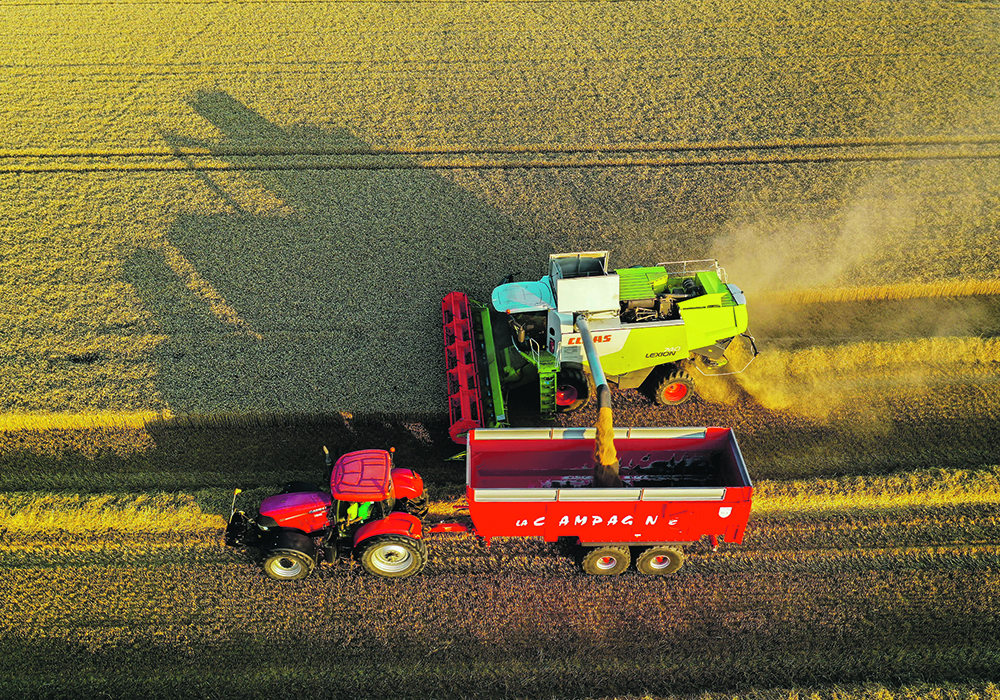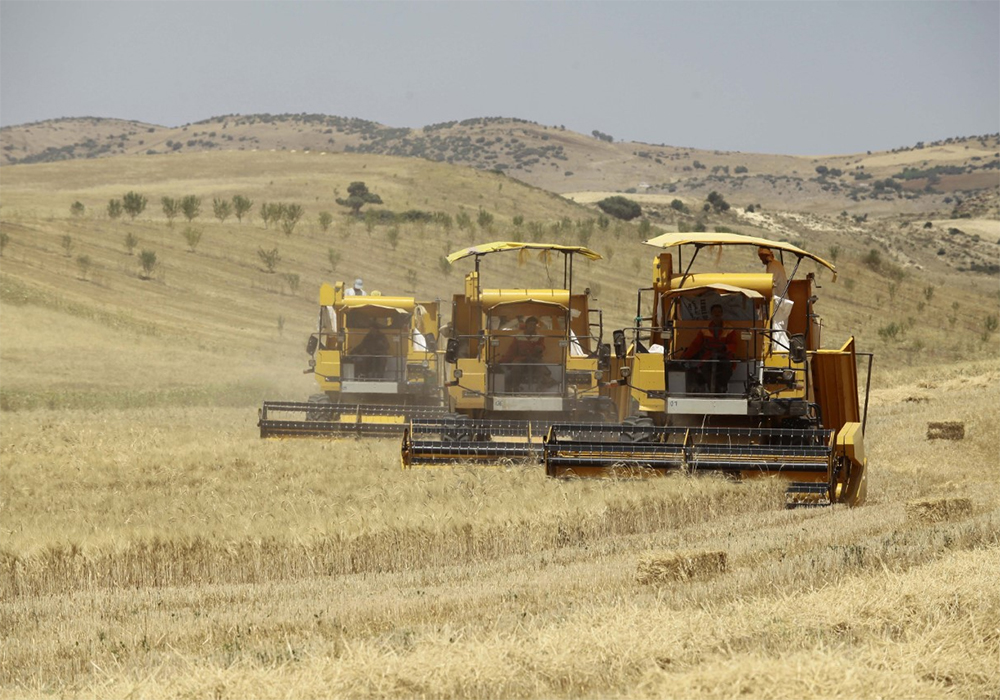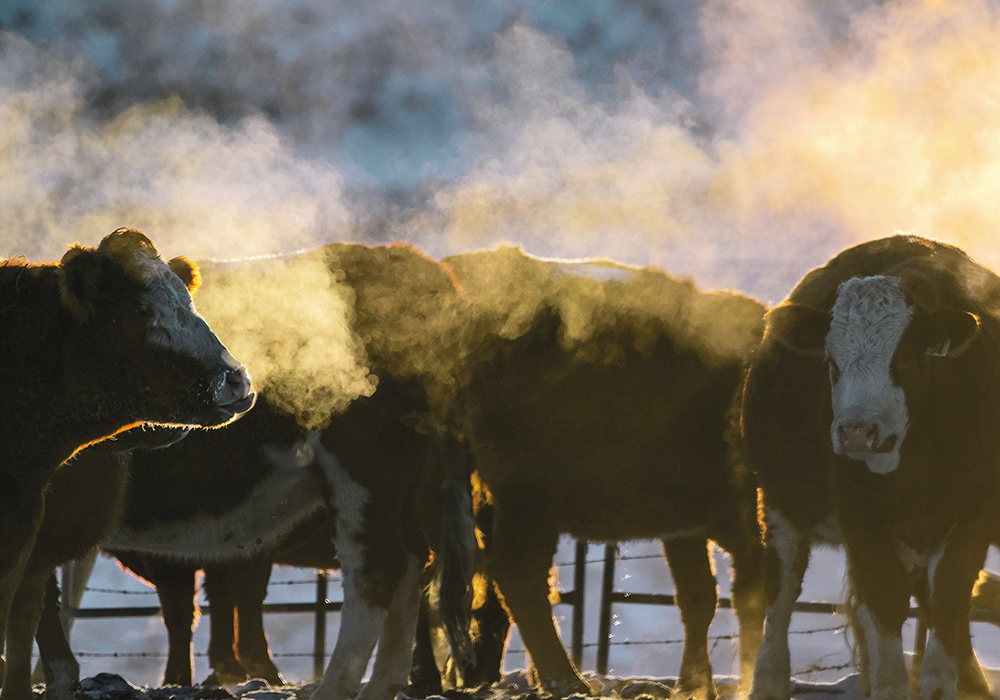The USDA expects more Canadian cows will go to slaughter while an increase in sows should help hog numbers recover
A report issued in September by the U.S. Department of Agriculture forecasts the Canadian cattle and hog herds to contract as 2022 begins.
The report from the Foreign Agricultural Service says the 2021 drought means a smaller calf crop next year as more heifers and cows go to slaughter. However, it also notes that improved reproduction rates will mitigate that somewhat.
“Feedlot expansion in western Canada, coupled with a reduced calf crop, will continue to support imports of U.S. feeder cattle,” the document says. “However, a contracting U.S. cattle herd will see live imports remain stable on 2021 numbers.”
Read Also

Pakistan reopens its doors to Canadian canola
Pakistan reopens its doors to Canadian canola after a three-year hiatus.
Production in 2022 is expected to decline by one percent partly on lower carcass weights. Exports will be supported by strong local demand for protein. The report also said an expected drop in Canadian beef demand will reduce imports over 2021.
The report estimates the total herd, including dairy and imports, at 15.9 million head in 2021, dropping to 15.7 million head.
On the hog side, the report forecasts the Canadian swine herd beginning inventories for 2022 will contract to 13.7 million head relative to Statistics Canada’s number for 2021 at 14 million head.
Overall inventory will grow through 2022 as sow numbers increase and Canada adds more finishing space and slaughter capacity. Slaughter will increase modestly.
“Live exports will decline in 2022 as Canada recently resolved the labour dispute in eastern Canada, which saw over four months of processing capacity disruptions, which resulted in greater number of market and feeder hogs heading to U.S. facilities,” the report said.
Pork production will drop two percent even with increased slaughter as the industry catches up from COVID-19 disruptions and the labour issue.
Hog carcass weights are also expected to drop.
Overall, the report expects the 2022 ending inventory to be 13.9 million head.
Live exports should be down by eight percent in 2022 after growth of 13 percent in 2021.
“However, the United States will still remain an important market for live exports and critical to the busines model of some Canadian operations as pig crop production will outstrip Canadian finishing space capacity,” said the report.
Live imports are so small that they don’t play much of a role in the overall numbers.
Drought is a key factor on the beef side.
Concerns that 20 percent or more of the herd would be reduced have been tempered by rain, but some regions such as Manitoba’s Interlake could still see hard culls.
The report suggests a five percent increase in slaughter, and consequently a one percent decline for 2022 beginning beef cow inventories.
“However, proportionately, cow slaughter is estimated to be similar to previous drought years, especially as significant culling occurred from 2017 to 2019,” it said. “Culling practices during those years have likely contributed to the improved reproduction rate and producers will only market bred cattle as a last resort.”
More cow culls went south last year due to COVID-19 disruptions, but that should be resolved now unless the processing sector is exposed to the fourth wave of infection.
The USDA said Statistics Canada’s July 1 inventory release that noted a four-percent increase in retained heifers has likely changed as producers manage feed supplies and protect their proven cows.
















